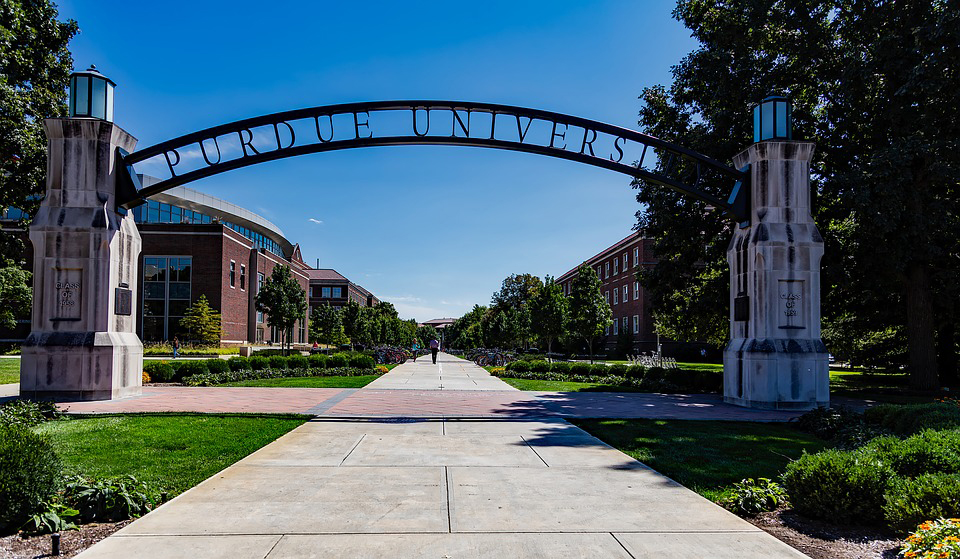Costs of universities continue to rise
Nationally, 69.7% of last year’s high school graduates went on to college, and the number is likely higher for the class of 2017. But with the cost of college outpacing inflation by twofold each year, financing a higher education is more difficult than ever. According to the College Board, the total cost of attendance – which includes tuition and fees, room and board, as well as some personal expenses like books and transportation – was $1,405 for a four-year in-state public school in 1971. In 2016 dollars, that number rises to $8,307, but still pales in comparison to the average cost of attendance in 2016: a whopping $20,892. The price of a private four-year university has encountered similar increases: from an inflation-adjusted $17,318 in 1971 to $45,365 in 2016.
For context, the average median household income in the United States was $10,290 in 1971 or $60,979.56 in 2016 dollars. In 2015, the latest data available, average median household income was just $55,775. In 2016 dollars, this is $56,478.91. Clearly, American incomes are worth less than they used to be, but college costs are still increasing. That average total cost of attending an in-state public university in 1971 was therefore about 13.7% of income. However, attending one of these schools now is on average 37.5% of income.
Why is the total cost of attendance increasing so much? Reasons vary. Though the number of full-time professors has decreased, the number of administrative positions has risen by 66% between 1993 and 2009, resulting in higher operating costs. Additionally, funding for public higher education was cut during the Great Recession, by as much as 50% in some states. However, funding has mostly been restored since then. Another influence on cost is simply that more Americans than ever before are going to college – The New York Times says that there has been a 50% increase in enrollment in all levels of higher education between 1995 and 2015. The funds are being divided over more students, resulting in less per capita. A more controversial theory is that the increased availability of student loans has motivated colleges to raise tuition. Either of these would be a case of supply and demand. As demand for college increases, due to more financing options, supply of spots has stayed flat or only marginally increased. Therefore, price has gone up.
Is the cost of college sustainable? The most expensive university in the United States, Harvey Mudd College, has a cost of attendance of $74,428 per academic year. Total college debt, owed by over 44 million Americans, was $1.3 trillion by Dec 31, 2016. This means that average student loan debt in 2016 was nearly $30,000. Meanwhile, the average starting salary in 2016 for new grads was $52,569. According to the National Association of Colleges and Employers, this was $9,886 in 1971 or $58,585.41 in 2016 dollars. Every indication shows that families are indeed paying higher college prices with fewer resources. Only time will tell at what point the prices will plateau.











